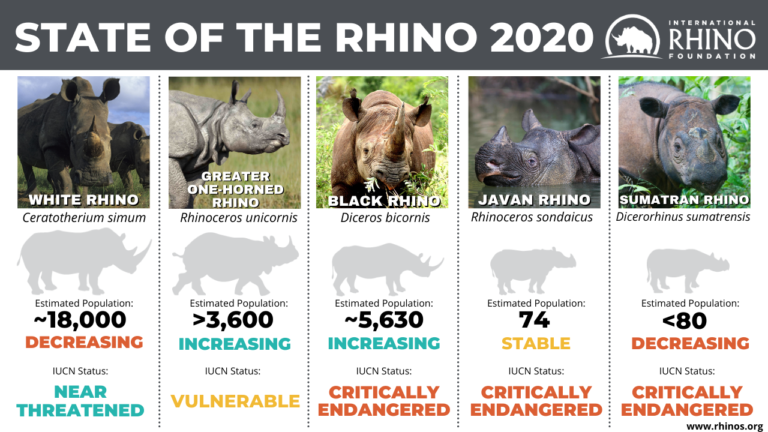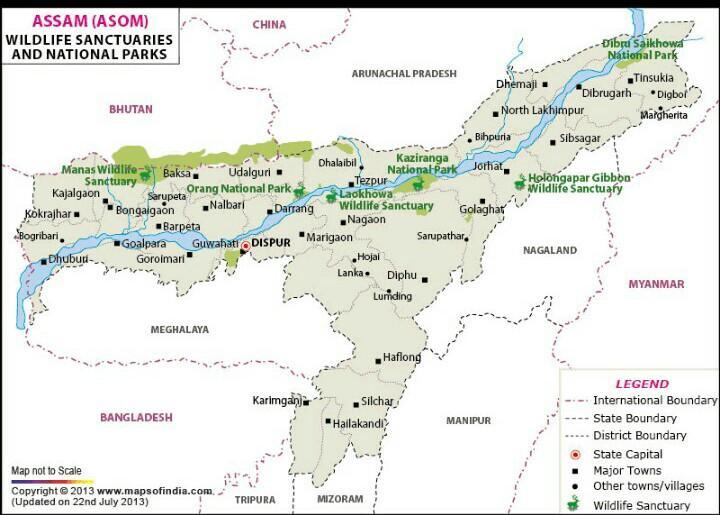Free Courses Sale ends Soon, Get It Now


Free Courses Sale ends Soon, Get It Now



Copyright infringement is not intended
Context: The Assam government has announced a reward of ₹5 lakh for information leading to the recovery of the horn of a rhino that was killed by poachers in the Kaziranga National Park and Tiger Reserve about a month ago.
Great Indian rhinoceros
Indian Rhino Vision 2020 (IRV2020)
About KNP:

© 2024 iasgyan. All right reserved